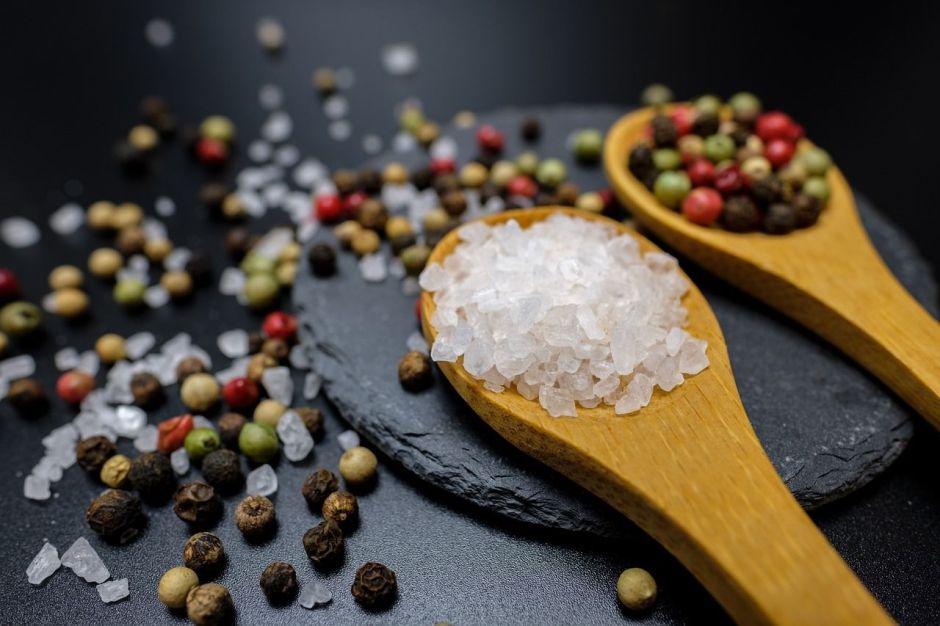What is the surprising ingredient the Romans used instead of salt | The NY Journal
[ad_1]

There was salt, but the most used and valued ingredient was of animal origin.
Photo:
Bruno Glätsch / Pixabay
In ancient times, salt did exist in Rome, but in the kitchen it was another ingredient that predominated. Was used a precious liquid to enhance the flavor of practically all dishes, even sweets. It was also consumed for medicinal purposes.
Roman soldiers were paid in part with salt. It is said that it is from here that we get the word soldier: “Sal dare”, which means to give salt. From the same source we get the word salary, “Salarium”, according to the Salt Association.
In the kitchen, the ingredient that for centuries was the favorite in Rome is called “Garum“, a fermented fish sauce. Pompeii was famous throughout the Roman world for producing and exporting garum. It was made from fish entrails such as tuna, eel, anchovies and mackerel.
Garum was a highly valued ingredient. Pliny the Elder (1st century) compared the smell of luxury garum with that of best perfumes.

A salsa seller and freed slave, Aulus Umbricius Scaurus built the house of his dreams in Pompeii 1st century thanks to fortune he made with garum.
It is believed that the name of the garum may derive from the Greek word for shrimp. “The Romans cooked with it either as a pure flavoring or combining it with other ingredients, such as pepper (garum piperatum), vinegar (oxygarum), wine (oenogarum), oil (oleagarum) or even drinking water (hydrogarum),” explains National Geographic .
The liquid was in most dishes in the Empire. Regarding medicinal uses, it was considered as a cure for dysentery, for earaches and treatment for dog bites.
Fish liquid was used in the simplest dishes such as a plate of seasoned fried eggs with a mixture of wine and garum, as well as in more complex preparations.
In the imperial period proliferated a large number of garum factories, the fresh fish was sought. They were generally made near the coast. Later, because the production created such an unpleasant smell, its fermentation was relegated to the outskirts of cities.

origins
Garum has its origin in both Greek and Phoenician cuisine. Amphorae have been found containing deposits of the sauce in shipwrecks of the 5th century BC. C.
There are several old cookbooks that include recipes using garum, like the one in Marcus Gavius Apicius, a Roman who lived in the 1st century AD. and is associated with one of the oldest cookbooks in history.
Preparation
Tubs were filled with fresh fish guts between layers of salt and aromatic herbs that were left in the sun for several months. The amount of salt was important. It should be enough to prevent spoilage, but not too much to prevent the fermentation process.
After fermenting, the mixture was filtered obtaining a residue-free liquid that resulted in the precious sauce. The remaining paste was known as allec. The garum it was stored and transported in amphorae.
The garum predates other fermented fish sauces sold today, as the “Colatura di Alici” a sauce made from anchovies, is native to the town of Cetara, in the Campania region (Italy).

Do you want to make garum?
To avoid the smell from leaving the fish to ferment for several days, Max Miller made garum by boiling sardines, followed one of the five recipes of a work called “Geoponics “ dating from the 10th century.
It may interest you:
.
[ad_2]
Source link


